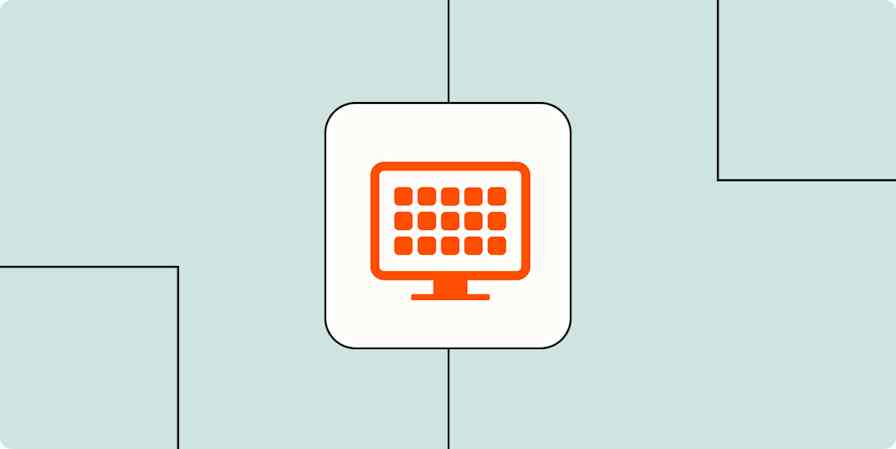Automation inspiration
5 min readSimplify your business with the layer method
Five steps for streamlined processes
By Richard Schnitzel · October 25, 2021

Get productivity tips delivered straight to your inbox
We’ll email you 1-3 times per week—and never share your information.
mentioned apps
Related articles
Improve your productivity automatically. Use Zapier to get your apps working together.








